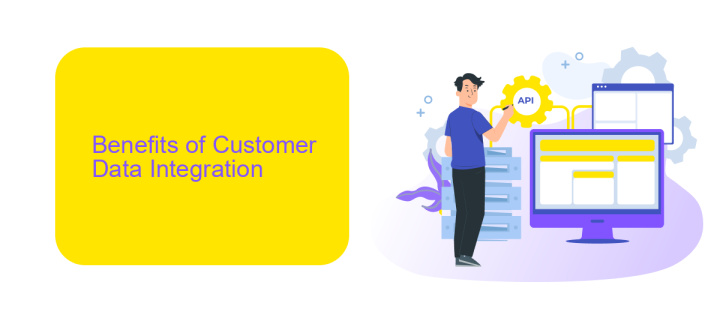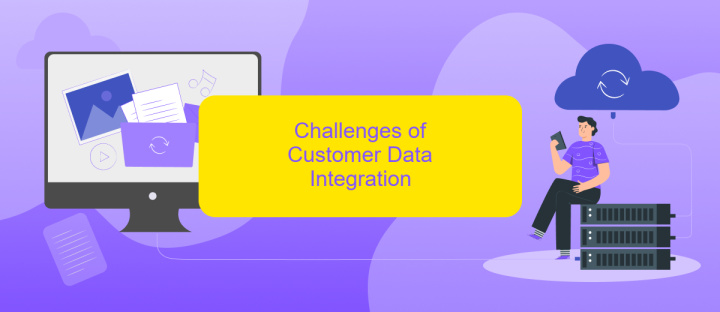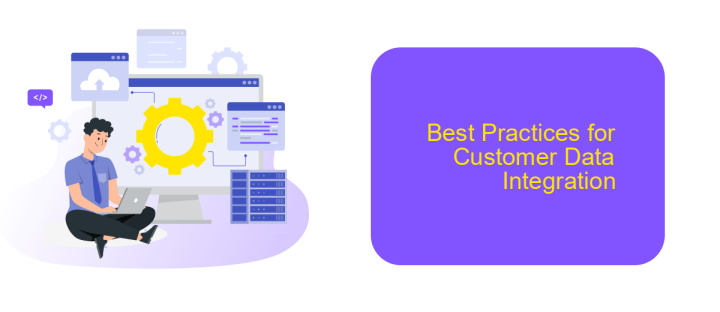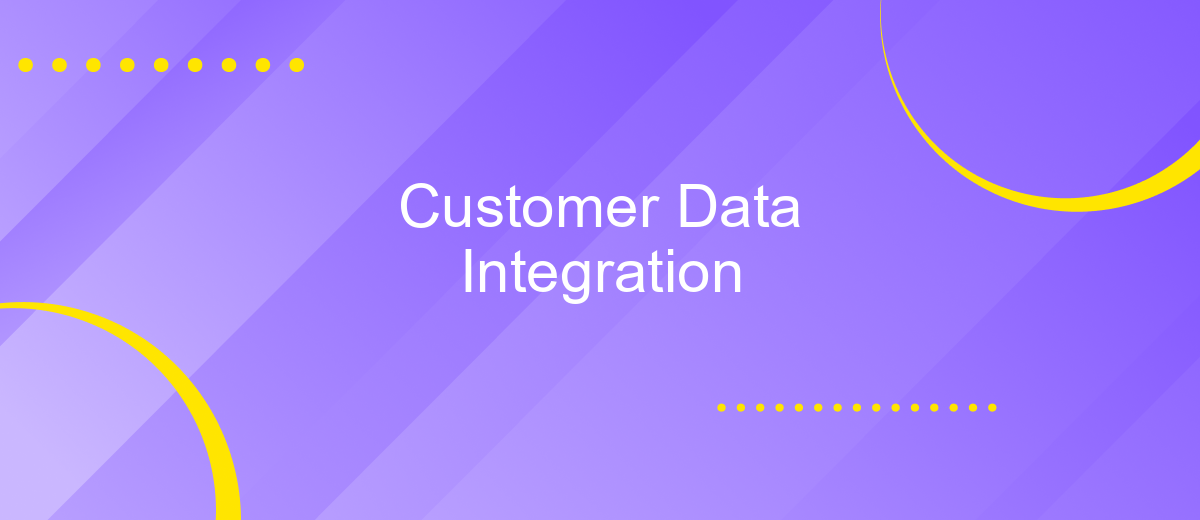Customer Data Integration
Customer Data Integration (CDI) is a critical process for businesses seeking to create a unified, comprehensive view of their customers. By consolidating data from various sources, CDI helps organizations enhance customer experiences, improve decision-making, and drive personalized marketing strategies. In this article, we will explore the benefits, challenges, and best practices of implementing effective CDI solutions.
Introduction
Customer Data Integration (CDI) is essential for businesses aiming to create a unified view of their customers by aggregating data from various sources. This process helps in enhancing customer experiences, improving decision-making, and driving business growth. Effective CDI strategies can transform disparate data into actionable insights, enabling companies to better understand and serve their customers.
- Centralized data management
- Improved data accuracy and consistency
- Enhanced customer insights
- Streamlined operations
One of the tools that facilitate seamless data integration is ApiX-Drive, a service designed to connect multiple applications and automate data transfers. By leveraging ApiX-Drive, businesses can efficiently integrate their customer data from various platforms, ensuring that information is always up-to-date and accessible. This not only saves time but also reduces the risk of errors associated with manual data handling, ultimately contributing to a more effective CDI strategy.
Benefits of Customer Data Integration

Integrating customer data offers numerous benefits, including a comprehensive view of customer interactions and preferences. This holistic perspective allows businesses to tailor their marketing strategies more effectively, resulting in improved customer engagement and satisfaction. Additionally, it enables more accurate forecasting and decision-making, as all relevant data is centralized and easily accessible.
Moreover, customer data integration streamlines operations by reducing data silos and enhancing collaboration across departments. Tools like ApiX-Drive facilitate seamless integration by connecting various platforms and automating data transfers, ensuring that information is always up-to-date and consistent. This not only saves time but also minimizes errors, leading to more efficient and reliable business processes. Overall, integrating customer data is a strategic move that drives growth and operational excellence.
Challenges of Customer Data Integration

Integrating customer data from various sources is a complex task that presents several challenges for businesses. Efficient data integration is crucial for creating a unified customer view, but it often involves overcoming significant obstacles.
- Data Silos: Different departments may store customer data in isolated systems, making it difficult to consolidate information.
- Data Quality: Inconsistent data formats and inaccuracies can lead to unreliable analytics and decision-making.
- Scalability: As the volume of data grows, maintaining performance and accuracy becomes increasingly challenging.
- Compliance: Adhering to data privacy regulations such as GDPR and CCPA is essential but can complicate integration processes.
- Integration Tools: Selecting the right tools and platforms, like ApiX-Drive, to automate and streamline the integration process is crucial but can be overwhelming.
Addressing these challenges requires a strategic approach and the right technology. Tools like ApiX-Drive can simplify the integration process by automating data transfer between various systems, ensuring data quality, and helping businesses stay compliant with regulations. By leveraging such solutions, companies can achieve a comprehensive and accurate view of their customers.
Best Practices for Customer Data Integration

Effective customer data integration (CDI) is essential for businesses seeking to deliver personalized experiences and make data-driven decisions. To achieve successful CDI, companies must follow best practices that ensure data accuracy, consistency, and accessibility across all platforms.
First, establish a clear data governance policy that defines how data is collected, stored, and accessed. This helps maintain data quality and ensures compliance with relevant regulations. Additionally, leverage automated tools like ApiX-Drive to streamline the integration process and reduce manual errors.
- Standardize data formats to ensure consistency across systems.
- Implement real-time data synchronization for up-to-date information.
- Use data validation techniques to maintain data accuracy.
- Regularly audit and cleanse data to remove duplicates and outdated information.
- Ensure data security through encryption and access controls.
By adhering to these best practices, businesses can create a unified view of customer data, enabling more effective marketing strategies and improved customer satisfaction. Tools like ApiX-Drive can further enhance the integration process, making it easier to connect various data sources and maintain data integrity.


Conclusion
In conclusion, effective Customer Data Integration (CDI) is crucial for businesses aiming to create a unified view of their customers. By consolidating data from various sources, companies can enhance their decision-making processes, improve customer experiences, and drive better business outcomes. The integration process, while complex, can be streamlined using advanced tools and services designed to handle the intricacies of data management.
One such service is ApiX-Drive, which facilitates seamless data integration across multiple platforms. By leveraging ApiX-Drive, businesses can automate data transfers, reduce manual efforts, and ensure data consistency. This not only saves time but also minimizes errors, allowing organizations to focus on strategic initiatives rather than operational challenges. Ultimately, investing in robust CDI solutions like ApiX-Drive can provide a competitive edge, enabling businesses to harness the full potential of their customer data.
FAQ
What is Customer Data Integration (CDI)?
Why is CDI important for businesses?
What are the common challenges in implementing CDI?
How can businesses ensure data quality in CDI?
What tools can help with automating CDI processes?
Apix-Drive is a simple and efficient system connector that will help you automate routine tasks and optimize business processes. You can save time and money, direct these resources to more important purposes. Test ApiX-Drive and make sure that this tool will relieve your employees and after 5 minutes of settings your business will start working faster.

